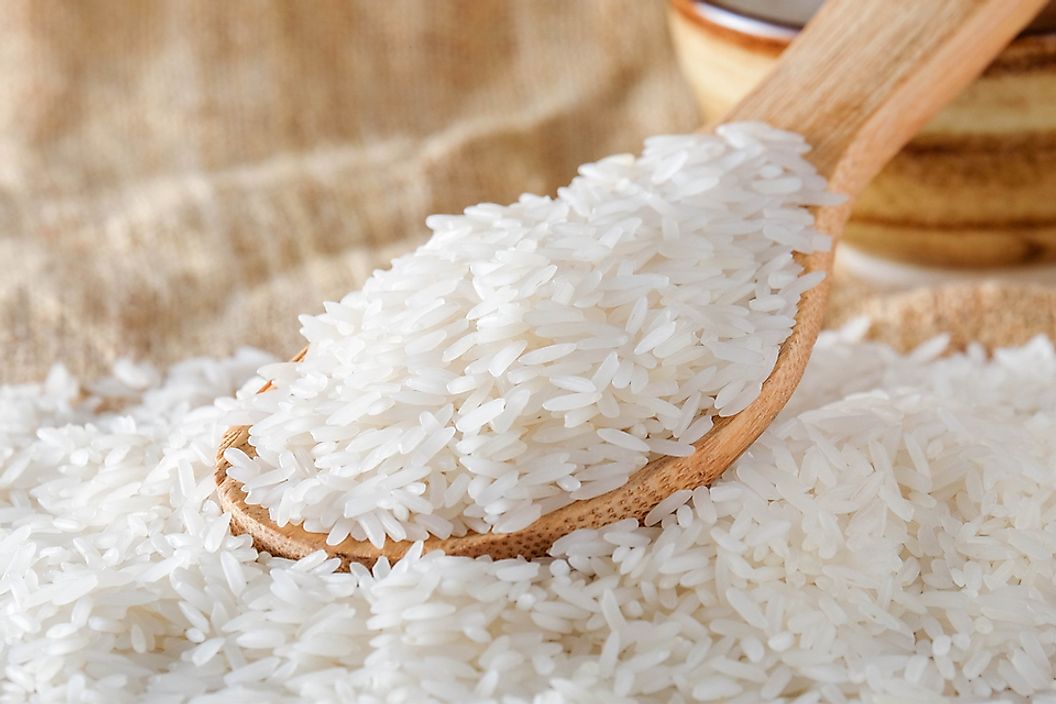What Does the Term Staple Food Mean?

What Is a Staple Food?
The term staple food is used to describe a particular dietary substance that makes up the majority of the food a person may eat during a day, week, or month. Staple foods are different around the world, depending on availability. Traditionally speaking, the staple food of a specific region is usually native to that region, which explains how it has become so important to the people there. Many communities around the world rely on just one or two staple foods for survival, not only because they are locally sourced, but also because they are often inexpensive and easy to obtain. These items provide individuals with the majority of their caloric intake and nutritional needs. In terms of nutrition, staple foods generally provide at least one of the following macronutrients: protein, fat, and carbohydrates.
The Most Common Staple Foods
Of all the plants growing in the world today, just over 50,000 are apt for human consumption. Of these 50,000 edible plant species, only 15 species actually account for 90% of the calories consumed by humans around the world. To further simplify the explanation, the two most common staple foods in the world are root vegetables and cereal grains. Examples of root vegetable staple foods include: yams, potatoes, yuca (also known as cassava or manioc), and taro. Examples of cereal grain staple foods include: corn, rice, wheat, millet, and sorghum. Yuca, or manioc, is one of the most important staple foods in Latin America (where the crop originated) and West Africa (where it was later introduced). In these regions, individuals in more tropical zones tend to rely on this tuber. Potatoes, on the other hand, originated in the Andes mountains of South America, where they continue to be one of the most important staple foods. In terms of cereal grains, corn, which originated in Central America, is another of the important staple foods consumed in the Americas. Rice, which is native to the southern and southeastern regions of Asia, is now a staple food throughout Asia and around the world.
The Global Spread of Staple Foods
As globalization increases and goods and ideas are increasingly exchanged among the various countries and cultures of the world, the staple foods in certain areas have also changed over time. In many cases, communities have adopted the agricultural techniques necessary to grow specific staple foods. One modern-day example of this is quinoa, a cereal grain. The crop is native to the Andes Mountain region of South America. Given its nutritional value, quinoa has become popular in more developed countries around the world and is now exported in high volumes. Another example of the global spread of staple foods is demonstrated by the potato, which made its way from the Andes Mountains all the way to Europe during the 19th century. The potato has now become part of the traditional diet and cuisine of many European countries. The people of Ireland suffered between 1845 and 1849, when the majority of the potato crops were destroyed by blight. During that time, known as the Great Famine, the population of Ireland decreased by around 20% because people relied so heavily on the potato for survival.











